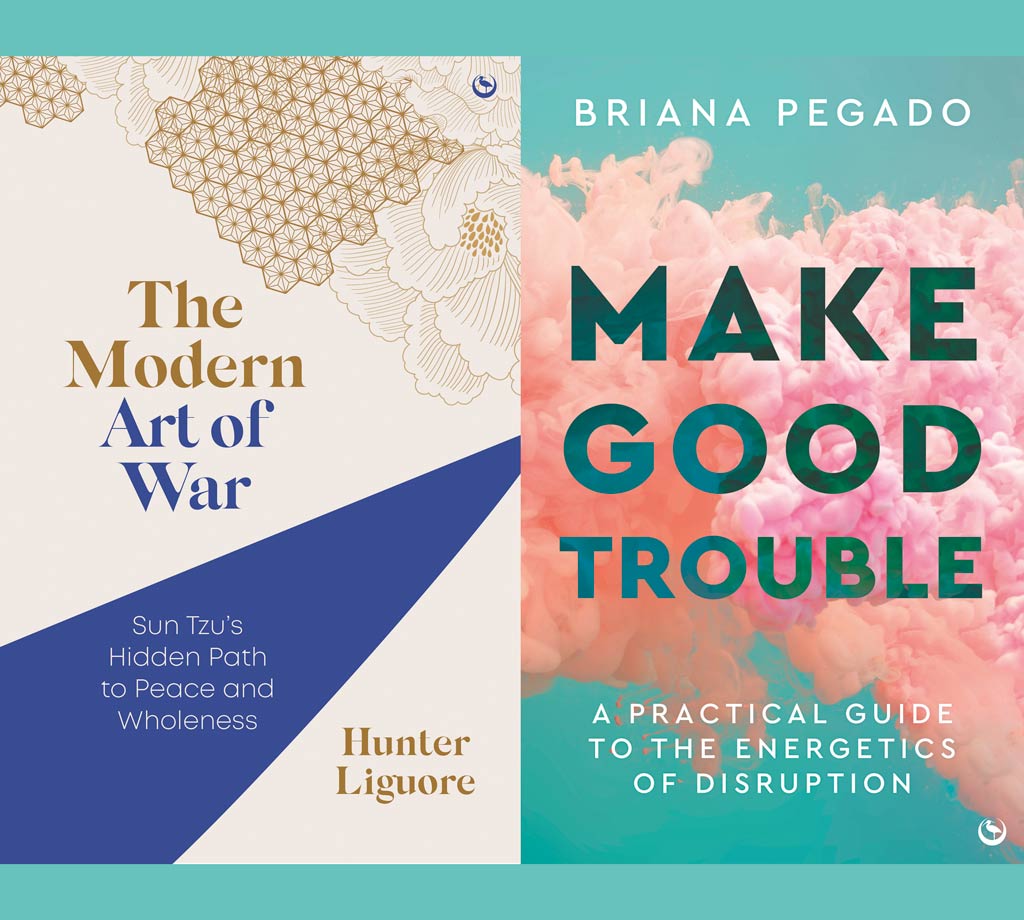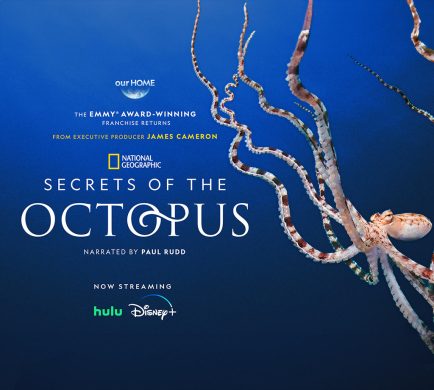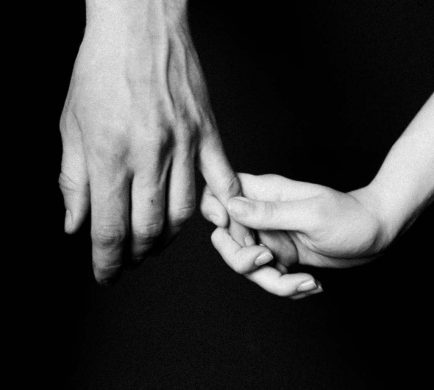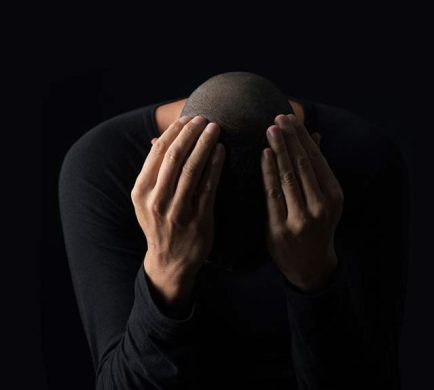An interview with Vikki Scott
Senior Publicist for Watkins Publishing
Hello Vikki, The Eden Magazine has featured several Watkins authors over the years; please tell us about Watkins Publishing.
Watkins Publishing is one of the oldest publishing houses in the UK, dating back to 1893 when John M. Watkins, a scholar of esotericism, overheard his friend and teacher Madame Blavatsky lamenting the fact that there was nowhere in London to buy books on mysticism, occultism or metaphysics. At that moment, Watkins was born, soon to become the home of many of the leading lights of spiritual literature, including Carl Jung and Rudolf Steiner.
Today, we have published books by Dr Ryan Martin, Neale Donald Walsch, Teal Swan, and actor Terence Stamp. Our passion for vigorous questioning is still resolute; our books have continued to reflect the development of spiritual thinking and new science over the past 120 years. We remain at the cutting edge, committed to publishing books that change lives.
What is your role at Watkins, and why?
I have been a senior publicist at Watkins for many years. I feel very privileged to work with such a diverse and unique collection of some of the best well-being experts around the globe. Watkins, as a company, is also a really lovely place to work with a family atmosphere. My role here also sits really well alongside my other work as an Integrative Transpersonal Psychotherapist.
Please tell us about the author, Briana Pegado.
Originally from Washington, DC, Briana Pegado FRSA is a fellow of the Royal Society of Arts. She is a trained ThetaHealer, a psychic intuitive, a student of astrology, and an artist. She has written for years on topics ranging from the rise of feminist mysticism for Monstrous Regiment Publishing to rising inequality in the creative industries for Bella Caledonia. She was named one of Scotland’s 30 Under 30 Inspiring Young Women in 2017 and has won a number of awards for her work as a social entrepreneur in the creative industries over the last eight years. Currently, she is an anti-racism and governance consultant working across the third and public sectors. She is a data-driven innovation ambassador for the Edinburgh Futures Institute.
Tell us about Make Good Trouble and why you picked this book.
Chaos, for many, is something to avoid or problem-solve rather than a state of being to embrace. However, in Make Good Trouble, Briana reframes disorder as simply part of life and the first step to rebuilding after destruction. The matter from which we create and ultimately grow. In the book, Briana empowers us to step into our own energy and better understand it. She produces a framework for us to all live in a more peaceful world, filled with authenticity, if we are brave enough to shake things up.
There is so much for everyone in this book, for those interested in spirituality, astrology, healing, and tarot. However, the book is also for those who have gone through unsettling times in their life or are in leadership positions, whether through their work or community, and want to know how to lead correctly. Overall, Make Good Trouble allows the reader to feel more equipped to handle disruption and stressful life events and demonstrates how to catalyze the energetics of chaos for positive change.
(An extract from Make Good Trouble)
Tuning in to Energy
Energy moves and changes and certain energies have different weights – a literal heaviness that shows up as the feeling of a psychic load, which can be picked up through our clairsenses. I find I can pick up on the
energy of a space fairly quickly. Though I may not always be able to pinpoint exactly what I am picking up on at first, I know I will soon be able to name or sense the energy. Sometimes, I experience this as a deep knowing or a physical pressure like a headache. Since energy is power, I can also pick up on the power dynamics in a room, a situation, or an interaction through the same means. I ask myself certain questions when it comes to sensing a power dynamic. These questions are not always conscious, but they sound a little like this:
Do I feel a sense of tension or restriction?
Is everyone in that space able to speak freely and openly?
Does someone appear withdrawn or shut down by something someone has said to them?
What is everyone’s body language in the space?
Are they making eye contact?
Are they looking down or looking away?
Are they withdrawing into themselves and unconsciously holding themselves in self-protective ways by wrapping their arms around themselves or sitting with a sunken posture?
Although you are likely to pick up on the answers subconsciously, these are questions you can also ask yourself to help you identify the dynamics in a space. As we live in a world that competes more and more for our attention, our ability to notice and then process the cues we pick up on is becoming compromised. This is why taking the time to pause and register our responses is crucial. You might walk into a new space and immediately feel a shift in temperature or pick up on an almost imperceptible thickness in the air – but does this signify there is tension in the room, or is there ease?
I think of energetics as being not only what you can pick up on and perceive about a situation, interaction, or space at the moment but the energy of everything that influences how you perceive that situation. It is everything that is not said yet which is psychically present in that space. Energetics are how all of the energy interacts with and responds to the wider environment. Like other healers, psychics, and mediums, I believe that everything leaves behind an energy signature or footprint (for lack of a better word) that we can read if we learn how to interpret the signals and develop an openness to other ways of perceiving. It might be the signature in the form of energetic clues – feelings and nudges from the past, present, or even the future. (For me, the future is more like the potential that can be picked up on in a single moment, which lingers, or something that will emerge several moments later.)
When you begin to interact with this process, these indicators can seem subtle or barely there. Alternatively, depending on how you experience the world, you may perceive this energetic footprint or this piece of psychic information as unmissable, fully present, and loud. Like a slow reveal or a sudden realization, the
energetics of a space or a situation will make themselves known to you if you know how to listen.
Tell us About the author, Hunter Liguore.
Hunter Liguore is an award-winning writer, professor, and historian with a lifelong study in philosophy, specializing in the work of Sun Tzu. She’s studied with Nobel Peace Prize Laureate John Hume (North Ireland) and has undertaken critical research in peace and social justice studies. Her unique writing explores interconnectedness with all people, reciprocal relationships with the natural world, and kindness and empathy for all, without exception. She’s a writing professor at Lesley University, US, and hosts peace walks in New England.
Tell Us About The Modern Art of War
From the time Sun Tzu’s Art of War was first translated in 1782, it has been received by the Western world as a military treatise and a tactical how-to guide for waging war on a battlefield. It has served military strategists for the last 2,600 years, all the way through to modern times, where business managers and other professionals have used its tactics against competitors and has sold over 200,000 copies.
But what if the book had a different purpose and was never intended for generals or CEOs but really for the common, everyday person seeking greater meaning in their life? The Modern Art of War: Sun Tzu’s Hidden Path to Peace and Wholeness offers readers a dazzling new interpretation of Sun Tzu’s Art of War, one that explores the ancient wisdom of self-discovery through the truest art of war: the fight to control your mind and the thoughts that rule it. Using self-reflection prompts guides you in incorporating Sun Tzu’s teachings into your daily life. These lessons come with a unique set of tools and exercises that can be applied in a gradual progression of steps that, when mastered, can ultimately guide the average person to live an abundant life through inner peace. This book demonstrates how to “conquer” or “still” the mind and recognize that The Modern Art of War begins with each of us. By creating harmony within, we can bring more peace into the world.
Are there any other titles we should be aware of for International Women’s Day?
Another title I’d like to mention is the Amazing Women Cards – the ultimate Feminist Oracle Deck! The Deck is very beautiful and features wisdom from some of the globe’s most trailblazing inspirational women, everyone from Janice Joplin Frida Kahlo to Marie Curie and Nina Simone. The deck shares these women’s wisdom on life, love, and work, and you can dip in and out as you please.
(An extract From the Modern Art of War)
War—as it relates to the mind—occurs when our thoughts create division wherever we go. If we discriminate between good and bad or, happy and sad, or are indifferent, we’re creating a divide between ourselves and something else.
If we create resistance toward others in any capacity, we’re engaging in a mental war.
When we venture from a state of mental balance to one of force, judgment, control, or even impose our own will upon others without consideration or consent, we create mini-wars.
Consider the role our thoughts play when we stand our ground between our beliefs and someone else’s rather than respecting and valuing differences. Sometimes, we create borders and boundaries that declare we’re right and another person is wrong, or less, or unequal.
Our creation of mental fences (boundaries) becomes the battlefield of the mind that Sun Tzu’s work addresses.
Other examples include:
An impatient driver with flared temper and up-turned hands, cut off unexpectedly, angry.
Arguments with others over our beliefs as we become self-righteous, unable to reconcile.
Disagreements with neighbors or community over the things we don’t like, believing our way is the only way.
War can be found in our criticisms, judgments, and anger, or other emotional states like envy, depression, sadness, and worry. Discrimination, hate, and separatism all precipitate the thought of otherness, which in turn creates a future of conflict.
Equally, we can look in the mirror and judge ourselves critically (e.g., ugly, pretty, skinny, overweight), creating resistance to our inherent beauty. Year after year, our mind and its thoughts trick us into believing our reality is always in a seesawing state, controlling and dictating an uncertain future and that we have no control over it.
But we do, at least according to Sun Tzu. As soon as we begin to apply the teachings on the Hidden Path to Peace and Wholeness, we will see that it’s not others ruining our life, the environment, or making the world a terrible place. Still, rather, it’s in our control to immediately employ change through a quiet, peaceful mind. Then, very quickly, the people and places—our own minds—are no longer our opponents.
This unique retelling is a roadmap leading to the discovery of our innate ability to reclaim rulership and mastery over our consciousness (or everyday circumstances) to achieve peace between the warring states of the two perceptions or Selves (Higher and Lower Consciousness). As Wholeness becomes our natural state, we perceive our world without boundaries since the mind becomes silent and eternal, like an all-seeing eye, symbolized in ancient Greek wisdom as the Cyclops. Usually depicted as being blinded, Cyclops signifies the fall into delusion or blindness to one’s whole, singular Self.
This state of non-war or peace is present and aware. Socrates, a teacher of Inspired Wisdom, explained it by saying, “I know that I know nothing.” Written by Plato, many interpret the passage to show Socrates’ humility, but it’s actually expressing the experience of conscious unity (or non-duality): to “know” is to be self-aware, to dwell in a state of accord with one’s intuitive Wholeness, rather than relying on the thinking-mind controlled by emotional states.







